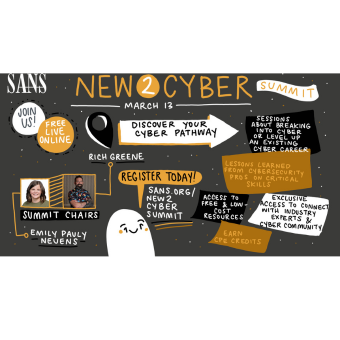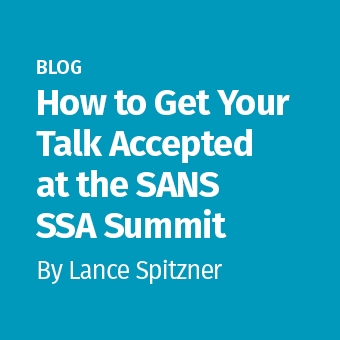Tags:
Why Leadership Buy-In Matters
For security awareness programs to be truly effective, they must scale beyond annual training and quarterly phishing simulations. They need to become embedded in an organization's culture—driving sustained behavioral change and reducing human risk. However, achieving this level of maturity is nearly impossible without strong leadership buy-in. Leadership support provides:
- Organizational Commitment – When leadership prioritizes security awareness, it signals to employees that security is a core business value, not just a compliance initiative.
- Resource Allocation – Budget, personnel, and time are critical for success. Without executive sponsorship, security awareness efforts often remain underfunded and under-resourced.
- Cultural Change – Leaders set the tone. If they promote and model secure behaviors, employees are more likely to follow suit.
Without leadership support, security awareness programs risk becoming fragmented, underfunded, and ultimately fizzle out. Despite the clear benefits of leadership support, many Security Awareness Officers and security leaders struggle to gain buy-in. Here’s why:
- Perceived as Low Priority – Many executives view security awareness as a compliance requirement rather than a strategic investment in risk reduction.
- Difficulty Communicating ROI – Unlike technical security controls, the impact of security awareness programs can be harder to quantify, making it difficult to justify budget requests.
- Competing Priorities – In many organizations, security awareness competes with other security initiatives for attention and funding. Without clear alignment to business goals, it can be deprioritized.
Overcoming these challenges requires a strategic approach—one that speaks the language of leadership and demonstrates measurable impact. How can you secure executive support? Here are some proven strategies:
1. Speak Leadership’s Language
Executives care about risk, revenue, and reputation—so frame security awareness in terms they understand. Identify what their strategic priorities are and demonstrate how your initiatives align with those priorities.
- Risk Reduction – Highlight how security awareness reduces one of the greatest risk, people. Security teams have become incredibly effective at using technology to secure technology but we continue to leave people insecure. In many ways we are driving cyber attackers to target the human. By investing in and securing our workforce, we can manage on of our fastest growing risks.
- Mission – Innovation enables organizations to do more for less. But innovation requires adopting new ideas and new technology, which also brings risk. A mature security awareness program enables organizations to adopt new technology while addressing the risk concerns. Artificial Intelligence (AI) is a good example. AI enables organizations to reduce costs and/or increase revenue, but what is often holding them back is concerns about risks. A mature security awareness program ensures the workforce can use AI safely and securely, enabling organizations to innovate and adapt more quickly.
2. Use Data to Prove Impact
Leaders respond to numbers. Leverage metrics such as:
- Attacker Dwell Time – Demonstrate and track how a trained workforce can far more quickly identify and report suspected incidents, improving detection and dramatically reducing attacker dwell time.
- Policy/Audit Violations – Show how a trained workforce dramatically reduces the number of both policy and audit violations.
- Account Takeover – Track and measure how a trained workforce that adopts strong authentication measures reduces account take overs, one of the most common attack vectors.
- Engagement – Track how a trained workforce begins to prioritize security and trust the security team. Measure how often people are engaging the security team with questions, requests for speaking at department meetings, or requesting the security team get involved in and help with new projects or initiatives ensuring they are secure.
Take Action: Elevate Your Security Awareness Program
Securing leadership buy-in is not just about getting budget approval—it’s about building a security-conscious culture that scales. The SANS Security Awareness Maturity Model is a proven framework to help organizations navigate this journey.
Download the SANS Maturity Model eBook to learn how to strengthen leadership support and take your security awareness program to the next level:
By engaging leadership effectively, security leaders can transform awareness from a compliance necessity into a strategic business enabler—one that actively reduces human risk and strengthens the security posture of the entire organization.


